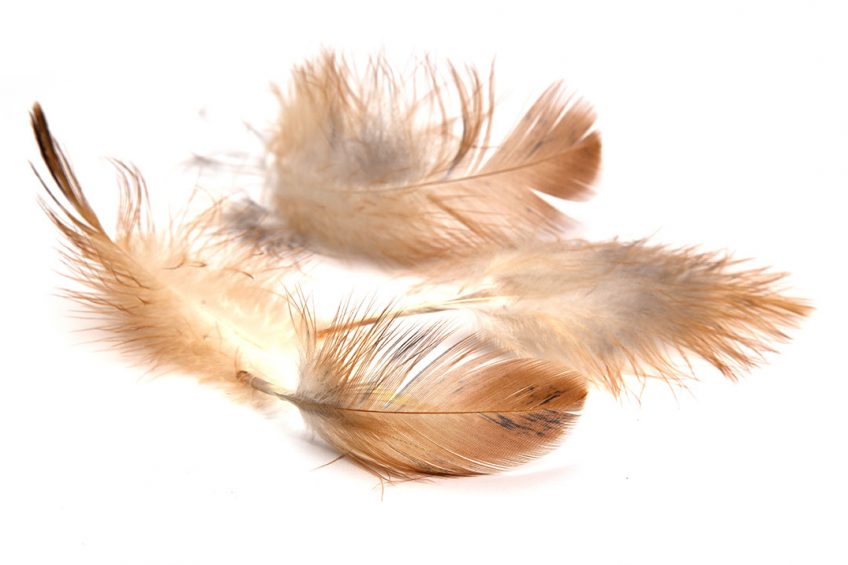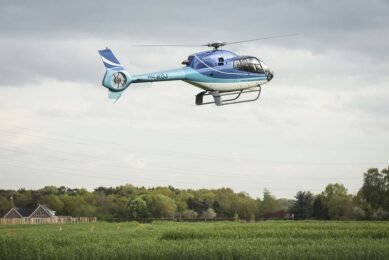Focusing on welfare by selecting for good feather cover

Poultry farmers can focus on welfare by selecting birds with good feather cover, according to geneticist Teun van de Braak.
Good feathering is important for a bird’s health and welfare, productivity and feed conversion. A well feathered bird is better able to regulate its body temperature and the feathers serve as direct protection of the skin.
Feather loss can take place due to various issues but Mr van de Braak says the location of the feather loss of the birds can give an indication of the potential cause.
“We regard feather cover as a social trait as there is a clear link between feather loss and social behaviour – not only in relation to injurious pecking but also related to stress.
“Birds that are flighty have a higher tendency to jump on top of each other, damaging their feathers and those of their group mates.”
Writing in Hendrix Genetics’s latest newsletter, he said the motivations and reasons for birds showing aggressions towards each other are not the same as those underlying injurious pecking. The company scores separately for feather loss on the head/neck region and for the back region.
“Loss of feathers on the back usually indicates injurious feather pecking, while aggressive pecking is generally directed towards the head and neck. The causes of feather pecking are multifactorial but can include breed, nutritional imbalance, housing issues, lack of full use of the housing system and rearing conditions.”
For its field-tested birds, Hendrix scores the feather plumage condition at two different points – the end of peak production at 40 weeks when the most effort is required for the birds – and at 70 weeks.
“The goal of taking these feather scores is to see if variation exists between the different families tested, and to see if there are differences between the crosses, whether commercial or experimental.”
Also interesting: Management tips to stop feather pecking
AssureWel method
Around 350,000 birds per year are tested using the AssureWel method, which is increasingly being used around the globe. The following scores are applied:
0= No/Minimal feather loss – no bare skin visible, no or slight wear, only single feathers missing
1= Slight feather loss – moderate wear, damaged feathers or 2 or more adjacent feather missing up to bear skin visible <5cm max dimension>
2= Moderate/Severe feather loss – bare skin visible >5cm max dimension
Based on scores so far received, Hendrix has calculated the heritability for both the neck and the back areas. The calculated heritability differs per genetic line and per areas and is in the range of 0.08 – 0.2.
This heritability is lower when compared to egg production and egg quality traits, but is in line with the heritability of other social traits, so improvement can take place but it will be gradual.
Finding the responsible gene
The company has partnered with Wageningen University in the Netherlands to find the gene responsible for the direct genetic effects and indirect genetic effects of the social behaviours that contribute to feather pecking.
Using breeds from Hendrix Genetics and studied on farms, single-nucleotide polymorphisms (SNPs) effects were estimated one by one, for both direct and indirect effects. A SNP located near a gene for a GABA receptor was associated with direct and indirect genetic effects on survival time.
This is one of the first large studies investigating how genomics can contribute to solving this issue for improved welfare. Investigations are ongoing but by adding the different feather traits to its breeding programme, the company says it is able to select robust, docile birds with feather cover for a longer period.
Join 31,000+ subscribers
Subscribe to our newsletter to stay updated about all the need-to-know content in the poultry sector, three times a week. Beheer
Beheer








 WP Admin
WP Admin  Bewerk bericht
Bewerk bericht